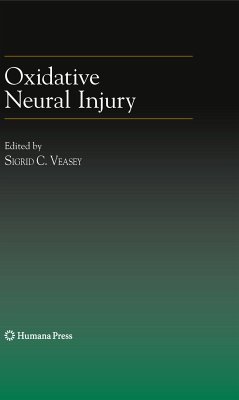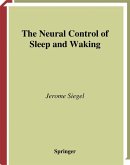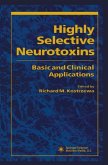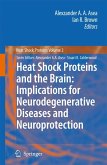Oxidative changes are observed in healthy aging of the nervous system, neurodegenerative processes and other forms of neural injury. At the same time, reactive oxygen species and reactive nitrogen species play critical roles in rapid response signaling, in learning, plasticity and in neuronal homeostasis. How do reactive oxygen and nitrogen molecules play such divergent roles in physiology and pathophysiology? How do these molecules contribute to neural injury, dysfunction and loss? The text Oxidative Neural Injury brings together international experts to systematically describe the biochemistry of reactive oxygen and nitrogen species signaling and then integrate this biochemistry into the neurobiology of redox in learning and plasticity and in healthy aging. This information will serve as the much-needed infrastructure for understanding in a more comprehensive manner how redox modifications contribute to neurodegenerative processes, in both early and late injury. Indeed, it is apparent that the development of effective therapies for neurodegenerative processes will first require a careful understanding of these critical roles of reactive oxygen and nitrogen molecules in neuronal signaling and cellular homeostasis, and this must be complemented with a comprehensive understanding of how reactive oxygen and nitrogen species perturb specific organelle and cellular functions.
Dieser Download kann aus rechtlichen Gründen nur mit Rechnungsadresse in A, B, BG, CY, CZ, D, DK, EW, E, FIN, F, GR, HR, H, IRL, I, LT, L, LR, M, NL, PL, P, R, S, SLO, SK ausgeliefert werden.









